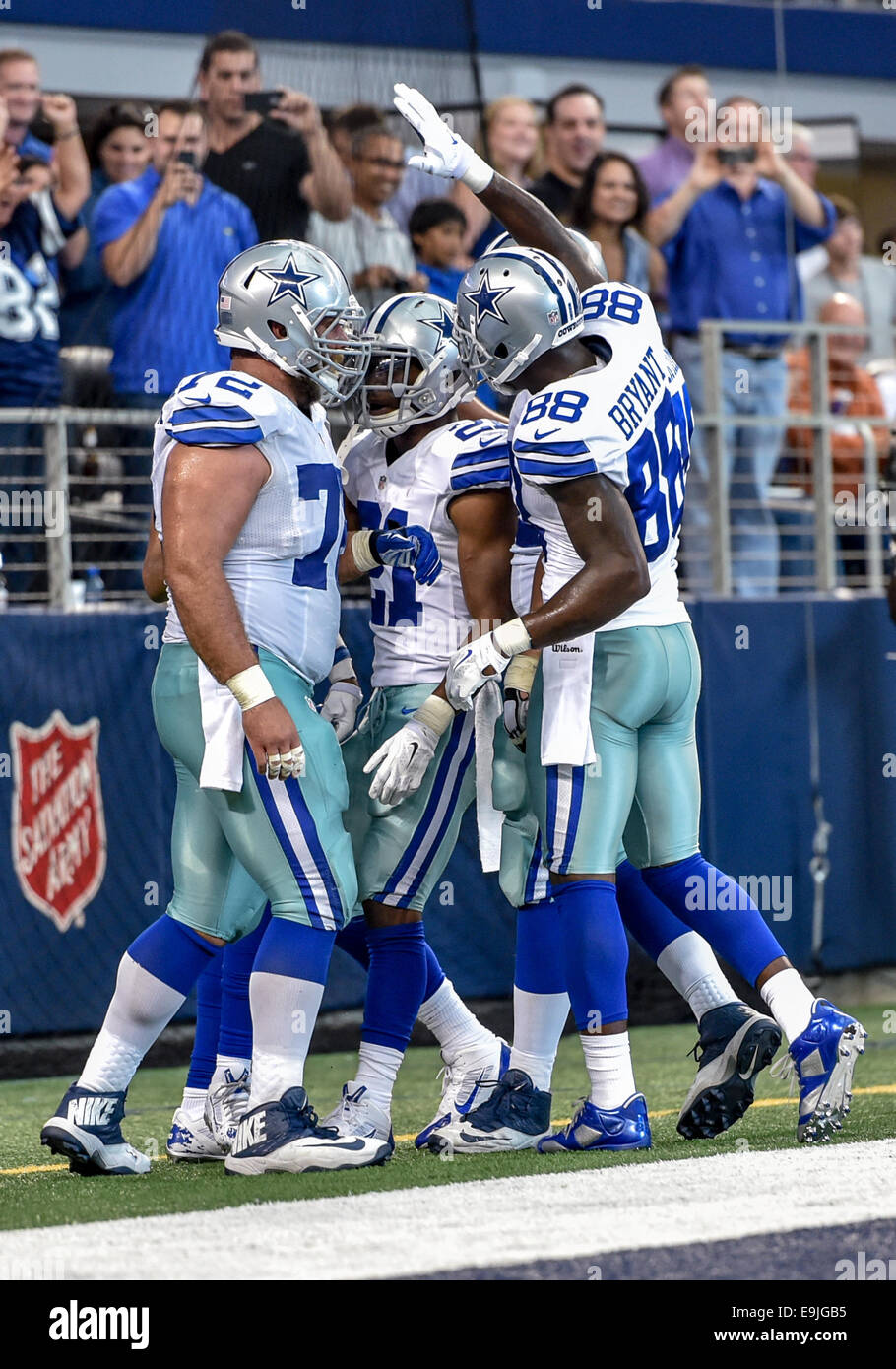Is the Dallas Cowboys' pursuit of a top-tier wide receiver a strategic move or merely a desperate attempt to fill a glaring roster void? A bold statement can be made here: Jerry Jones, the team's owner and general manager, is not one to shy away from making headlines. With the NFL landscape shifting rapidly, the Cowboys find themselves at a crossroads where acquiring a game-changing player could redefine their season trajectory.
The Dallas Cowboys have been vocal about their intentions to bolster their wide receiver corps. Owner and general manager Jerry Jones has indicated that the organization might explore options beyond the current depth chart. While names like Stefon Diggs, Cooper Kupp, Keenan Allen, and Amari Cooper have surfaced in trade rumors, the reality remains that the Cowboys need more than just hype—they require tangible improvements on the field. The absence of a consistent No. 2 threat opposite CeeDee Lamb has been evident for years, and this offseason presents an opportunity to rectify it.
| Personal Information | Details |
|---|---|
| Name | Jerry Jones |
| Date of Birth | March 17, 1943 |
| Hometown | Ardmore, Oklahoma |
| Profession | Owner/General Manager, Dallas Cowboys |
| Years with Cowboys | Since 1989 |
| Notable Achievements | 5 Super Bowl Titles (1992, 1993, 1995, 2022) |
| Reference Website | Official Dallas Cowboys Profile |
Adding veteran talent such as Parris Campbell, who recently joined the Cowboys after stints with the Indianapolis Colts and Philadelphia Eagles, underscores the team’s willingness to experiment with proven commodities. Campbell, a second-round pick in 2019, demonstrated flashes of brilliance during his tenure with the Colts. His best statistical output came in 2022 when he amassed 623 receiving yards and three touchdowns. Though consistency has eluded him thus far, his potential aligns well with what the Cowboys seek—a dynamic playmaker capable of stretching defenses vertically while providing reliable hands in critical situations.
Meanwhile, the emergence of Traeshon Holden under new receivers coach Junior Adams offers another intriguing dimension to the Cowboys’ offensive blueprint. Adams, previously Co-Offensive Coordinator at Oregon, played a pivotal role in Holden’s development last season. Their rapport extends beyond schematic familiarity; it embodies a shared vision for elevating the position group. Holden’s raw athleticism combined with Adams’ tutelage could yield dividends sooner rather than later, potentially reshaping the depth chart in unexpected ways.
Despite these additions, questions linger regarding whether they sufficiently address the long-term needs of the franchise. In a league increasingly reliant on explosive passing attacks, relying solely on internal growth may prove insufficient. This brings us back to the possibility of pursuing established stars via trade. Names like Stefon Diggs and Cooper Kupp carry immense cachet but come attached with significant cap implications and logistical hurdles. Conversely, younger talents such as Jonathan Mingo—a fourth-round selection from last year’s draft—represent lower-risk investments with higher upside ceilings.
The Panthers’ decision to draft Tetairoa McMillan ahead of the Cowboys further complicates matters. Had McMillan fallen to Dallas at No. 12 overall, he would have provided immediate relief alongside Lamb. Instead, the organization must now pivot toward alternative solutions, either through trades or free agency. One plausible scenario involves targeting a third-year Patriot whose situation appears ripe for relocation. Such moves underscore the fluid nature of modern NFL transactions, where timing often proves as crucial as skill evaluation.
In evaluating the broader context of the Cowboys’ wide receiver predicament, several factors warrant consideration. First, the importance of maintaining balance across all facets of the offense cannot be overstated. While upgrading the aerial attack remains paramount, neglecting other areas risks creating unforeseen vulnerabilities elsewhere. Second, the psychological impact of acquiring high-profile players should not overshadow practical considerations related to scheme fit and locker room chemistry. Finally, embracing developmental prospects necessitates patience, something fans and analysts alike frequently struggle to exercise amidst heightened expectations.
As the offseason progresses, the Cowboys stand poised to make decisions that will shape their fortunes for seasons to come. Whether through blockbuster trades, calculated signings, or nurturing homegrown talent, the path forward demands clarity and conviction. For Jerry Jones, whose legacy hinges on sustaining excellence, every choice carries weight. Fans eagerly await developments, hoping the front office delivers solutions commensurate with championship aspirations.
Ultimately, the quest for a reliable complement to CeeDee Lamb reflects deeper organizational priorities. It speaks to the necessity of building sustainable systems capable of adapting to evolving challenges within the sport. By leveraging available resources wisely—be it financial flexibility, scouting acumen, or coaching expertise—the Cowboys aim to construct an offense capable of competing against elite competition consistently. Only time will reveal if these efforts bear fruit, yet optimism persists among those invested in seeing the storied franchise reclaim its rightful place atop the league hierarchy.
Beyond individual narratives lies the collective mission driving everyone involved with the Dallas Cowboys. From ownership down to support staff, each member plays a vital role in crafting success stories worthy of celebration. As the pieces fall into place—or perhaps more accurately, as they are meticulously arranged—one thing remains certain: the journey promises excitement aplenty for all stakeholders invested in witnessing greatness unfold once again in North Texas.



